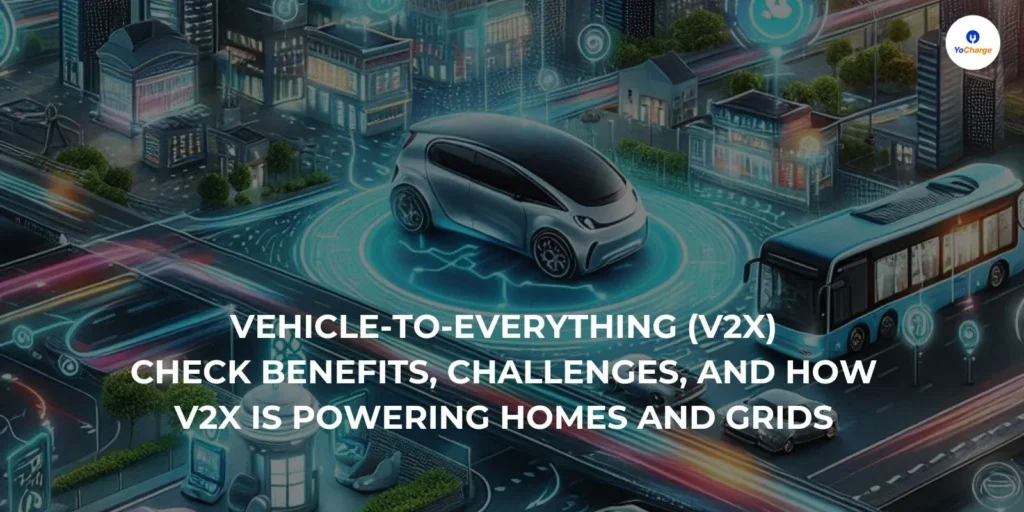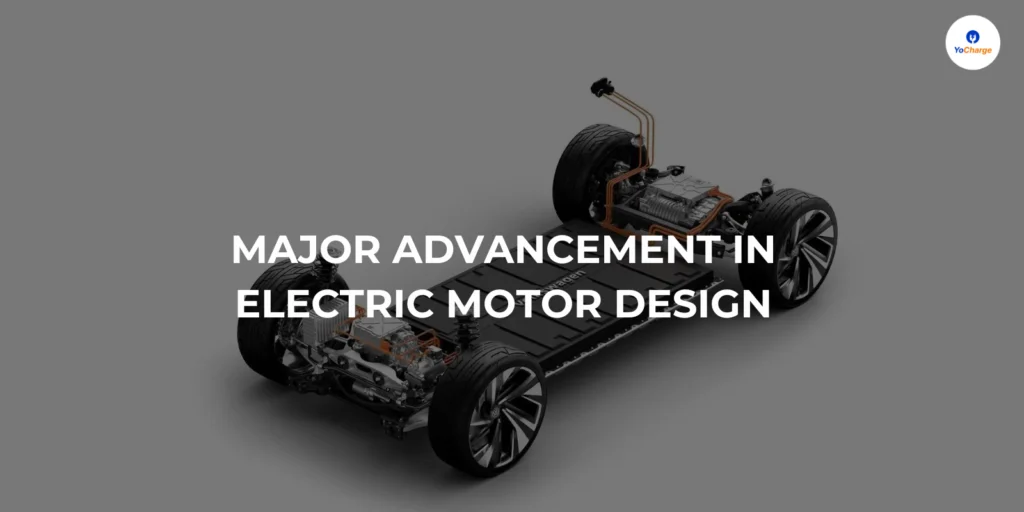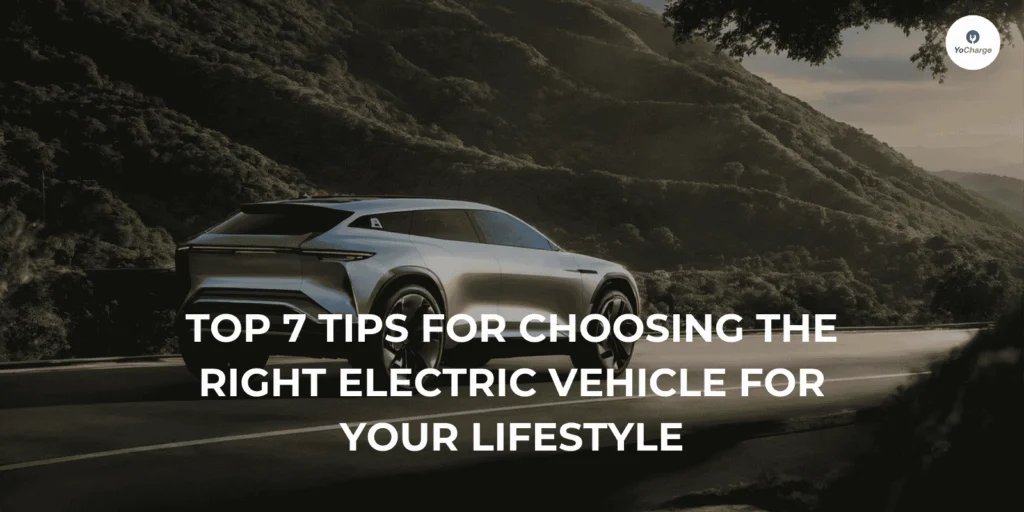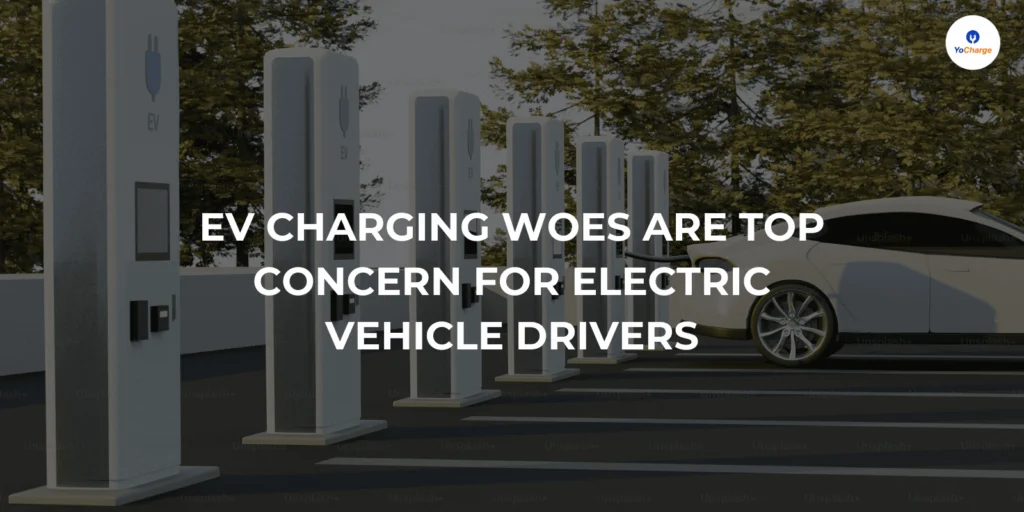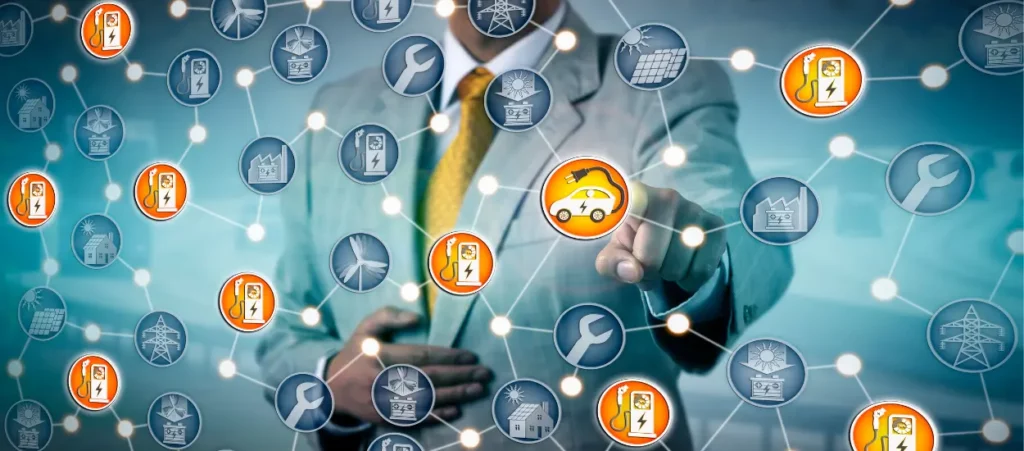
As the energy industry transitions towards a cleaner future, new smart solutions will be required to manage the variable generation & consumption mix. Further, the rise of electric vehicles (EVs) has brought forth new challenges and opportunities for the power sector. Along with distributed renewable generators like solar & wind, Battery Energy Storage System (BESS), EVs also act as a decentralised energy storage resource. Consequently, their participation in Demand Response (DR) can help the growing pool of distributed energy resources (DERs).
Understanding Demand Response
Demand Response (DR) is a system that relies on sending signals to participating utilities and end-users to adjust their power consumption in real-time. This feedback loop aids in harmonizing power demand with supply, especially during peak load periods.
Grid operators use DR to ease the pressure on the grid during peak times. Demand Response actively reduces power consumption in response to grid conditions such as price, monetary incentive, or utility directives, to maintain reliable service and avoid high electricity prices.
Tools for Demand Response
Demand response is nudged through two main mechanisms:
- Price-based signal – which uses tariffs to motivate consumers to shift consumption, and
- Incentive-based signal – which monetize flexibility through direct payments to consumers who shift demand in accordance to a demand-side response program.
Understanding Open ADR
Open Automated Demand Response (OpenADR) offers a common language energy customers and grid operators can use to communicate.
Born out of research from Lawrence Berkeley National Laboratory, Open ADR is designed to facilitate the automatic exchange of information between utilities, energy management control systems, and customer-owned energy resources, including Electric Vehicle (EV) charging infrastructure.
Open ADR in EV Charging: Benefits
EV charging isn’t always predictable. Multiple vehicles charging simultaneously can lead to spikes in demand, straining the grid. This inherent variability necessitates solutions like ADR to ensure grid stability and avoid potential congestion.
1. Dynamic Pricing:
OpenADR allows utilities to communicate real-time or time-of-use pricing to EV charging stations. Charging station operators or even individual EV owners can then make informed decisions about when to charge based on the cost of electricity. This could incentivize charging during periods of low demand and low prices.
2. Grid Reliability
As the number of electric vehicles on the road increases, so will the demand for electricity to charge them. Without proper management, this could lead to demand peaks that are challenging for the grid to handle, potentially leading to blackouts. OpenADR provides a mechanism for utilities to automatically reduce or shift the demand in response to grid conditions.
3. Load Management
Open ADR can mitigate peak load scenarios by signaling EV charging stations to reduce their power intake during peak periods. Further, with Open ADR, EV charging can be scheduled during off-peak times or when there’s a surplus of renewable energy generation, fostering green charging practices.
4. Landed Tariff Reduction
By optimizing charging schedules, consumers can benefit from reduced energy costs, and utilities can avoid costly infrastructure. For EV owners, participating in a demand response program facilitated by OpenADR could result in reduced charging costs. Some utilities might offer financial incentives for those who opt into these programs, making EV ownership more attractive.
5. Standardization
OpenADR provides a standardized approach to demand response, which is crucial as more utilities, device manufacturers, and service providers engage in demand response programs. A standardized approach reduces the complexity and costs associated with integrating different systems.
6. Scalability
OpenADR is designed to scale, accommodating a large number of devices, including EV chargers. As the EV market grows, having a scalable demand response solution is critical to ensuring grid stability.
7. Integration of Renewable Energy:
As the grid incorporates more variable renewable energy sources like wind and solar, there can be periods of oversupply (when the wind is blowing, and the sun is shining) or undersupply. OpenADR can help to manage EV charging loads in response to these fluctuations, ensuring that EVs are charged when renewable energy is abundant and potentially reducing the need for energy storage.
The Symbiosis of Open ADR & EV Charging
There is a momentum for cloud-based demand response (DR) solutions in the context of electric vehicle (EV) charging. As an EV Charging Management Platform SaaS, YoCharge can empower global power distribution companies and charge point operators in unlocking energy flexibility opportunities. YoCharge is working to explore new applications for dynamic pricing, renewable energy integrations, and making them available to our clients.
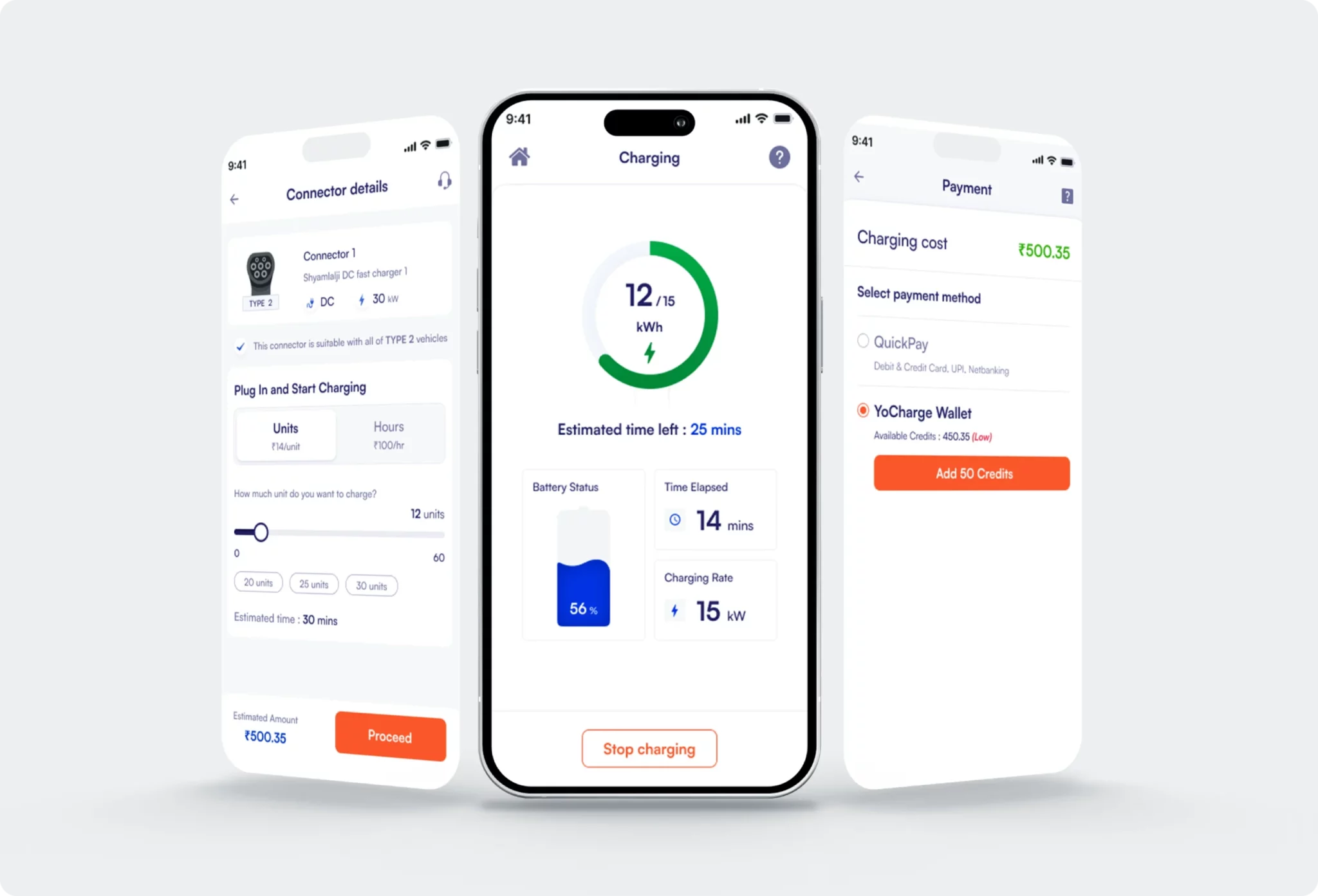
Introducing YoCharge
Yocharge is the EV Charging Management Software Company. As a trusted partner of Charge Point Operators our goal is to simplify the launching, operation & growth of EV Charging Services Business. With help YoCharge you can launch your own branded EV Charging business in 7 days with custom mobile Applications.
